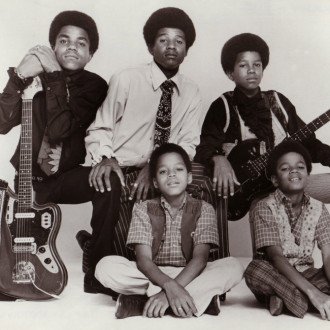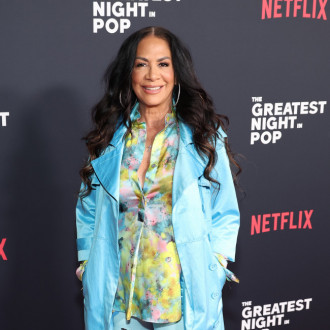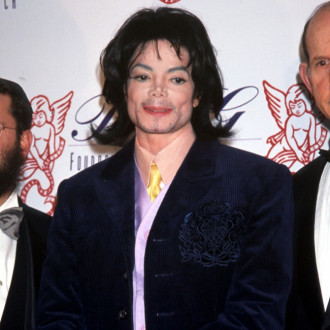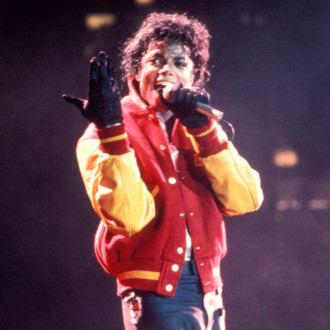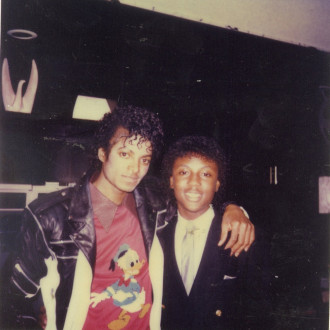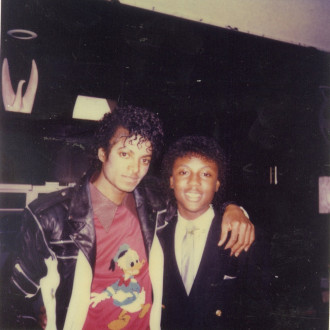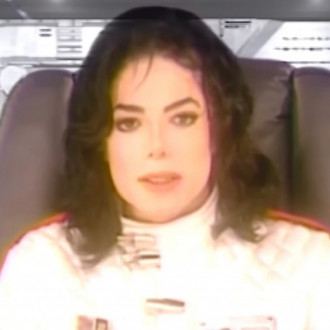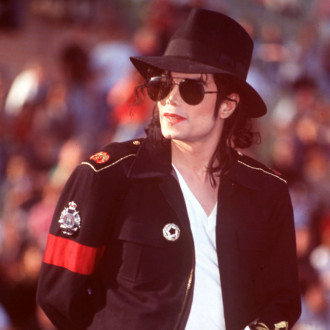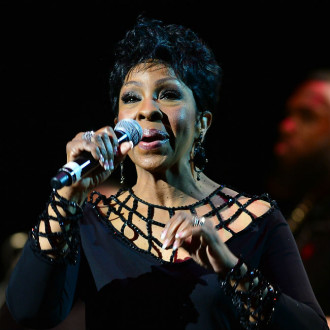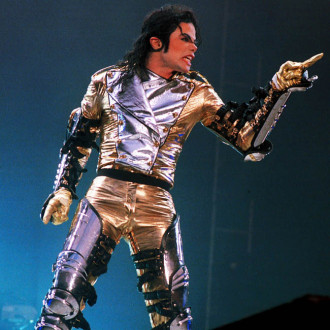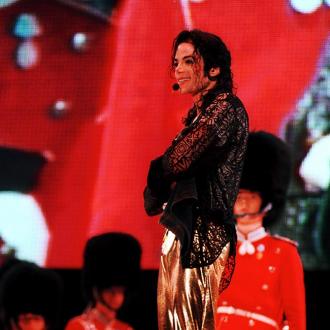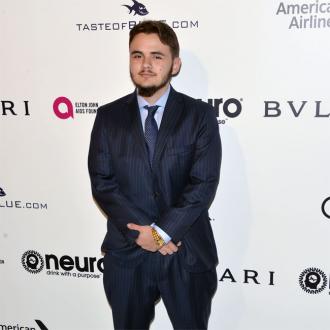Michael Jackson's Death Debt
By Bang Showbiz on 30 June 2009
Michael Jackson allegedly owed at least $300 million at the time of his death and had been pleading with banks to lend him even more cash.
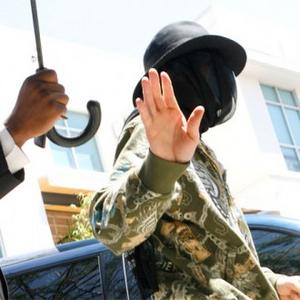
Michael Jackson owed at least $300 million when he died.
The 'Thriller' singer - who passed away last Thursday (25.06.09) after a suspected cardiac arrest - was allegedly pleading with banks to lend him even more money but was refused because of his poor credit rating.
Although he had assets worth an estimated $1.3 billion, the majority of it was tied up in his 50 per cent ownership of The Beatles' back catalogue with Sony Records, which he refused or was unable to sell.
In a bid to persuade creditors to lend him the cash, Michael signed up to perform a 50-night residency at London's O2 arena with promoters AEG Live, as it guaranteed at least $38.5 million. Financial documents also revealed there was potential for the 50-year-old star to earn a further $300 million if the concerts were successful.
A source told Britain's The Sun newspaper: "He signed up for the live comeback about 18 months ago and told lenders he could make $300 million.
"But the pressure of knowing what it would take to fulfil his promise could have killed helped kill him."
Michael's financial state was revealed in documents produced in 2007 to support a loan application for his Neverland ranch, which he was forced to abandon in 2005.
Throughout his life, Michael was renowned for his outlandish spending, which included a collection of cars, antiques and other collectables worth $20 million.
In the 2003 British TV documentary, 'Living With Michael Jackson', the father-of-three was filmed shopping at an expensive vase and furnishing store, where he spent over $1 million in an afternoon.
Michael - whose personal expenses were put on financial documents submitted as part of his loan application at a staggering $7 million - spent $8 million a year on plane charters and once hired late Hollywood star Marlon Brando to appear in a music promo for $1 million.
Two weeks before his death, Michael splashed out $13,000 for three paintings by artist Nelson De La Nuez and was reportedly "obsessed" with the one of the Wicked Witch of the West.
However, Michael didn't purchase the paintings himself and let AEG deal with the art dealer directly.
Contactmusic
Movies and Trailers

Michael Jackson's This Is It Movie Review
Since no one will ever see the epic show, the next best thing is this...
